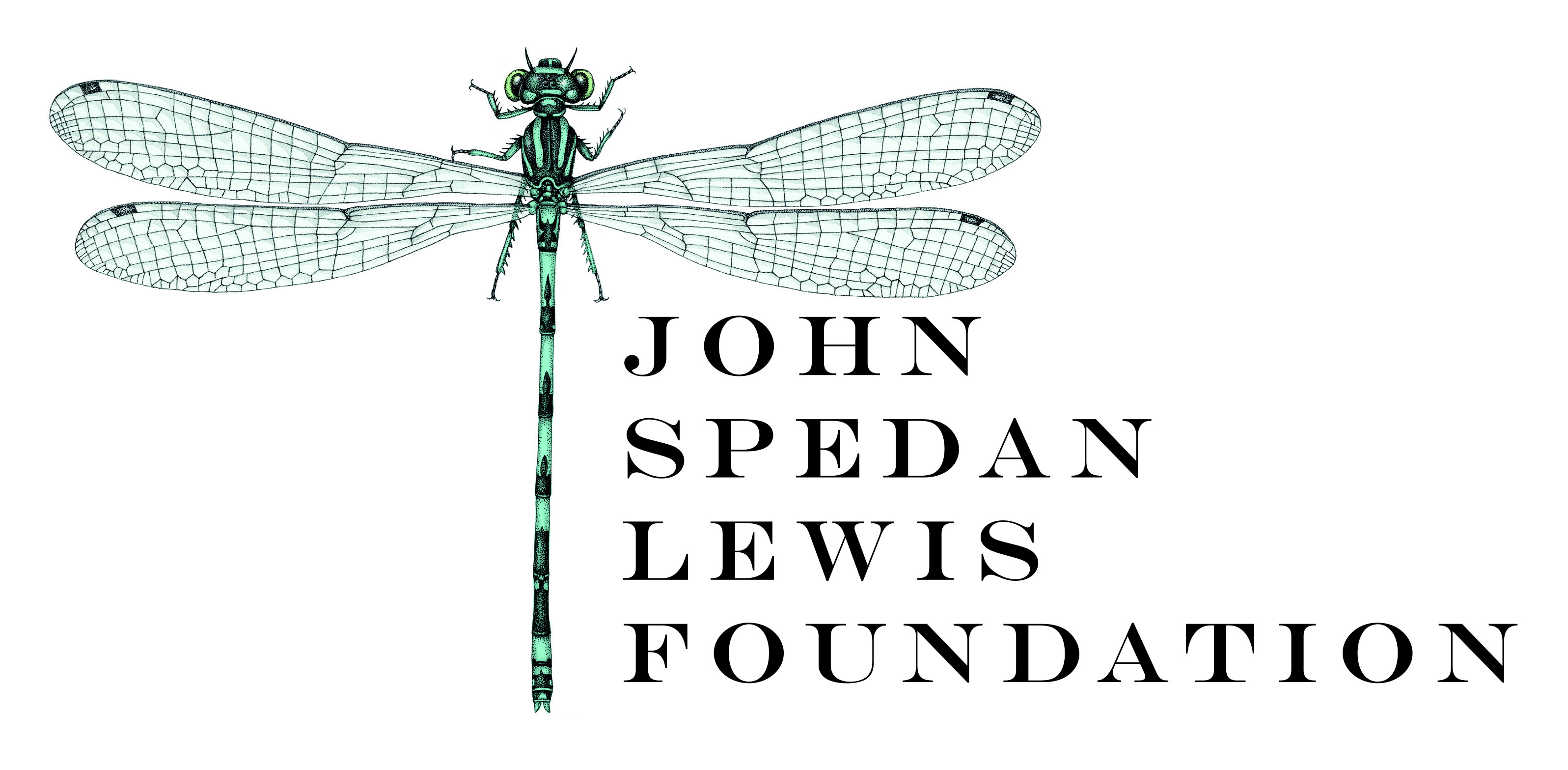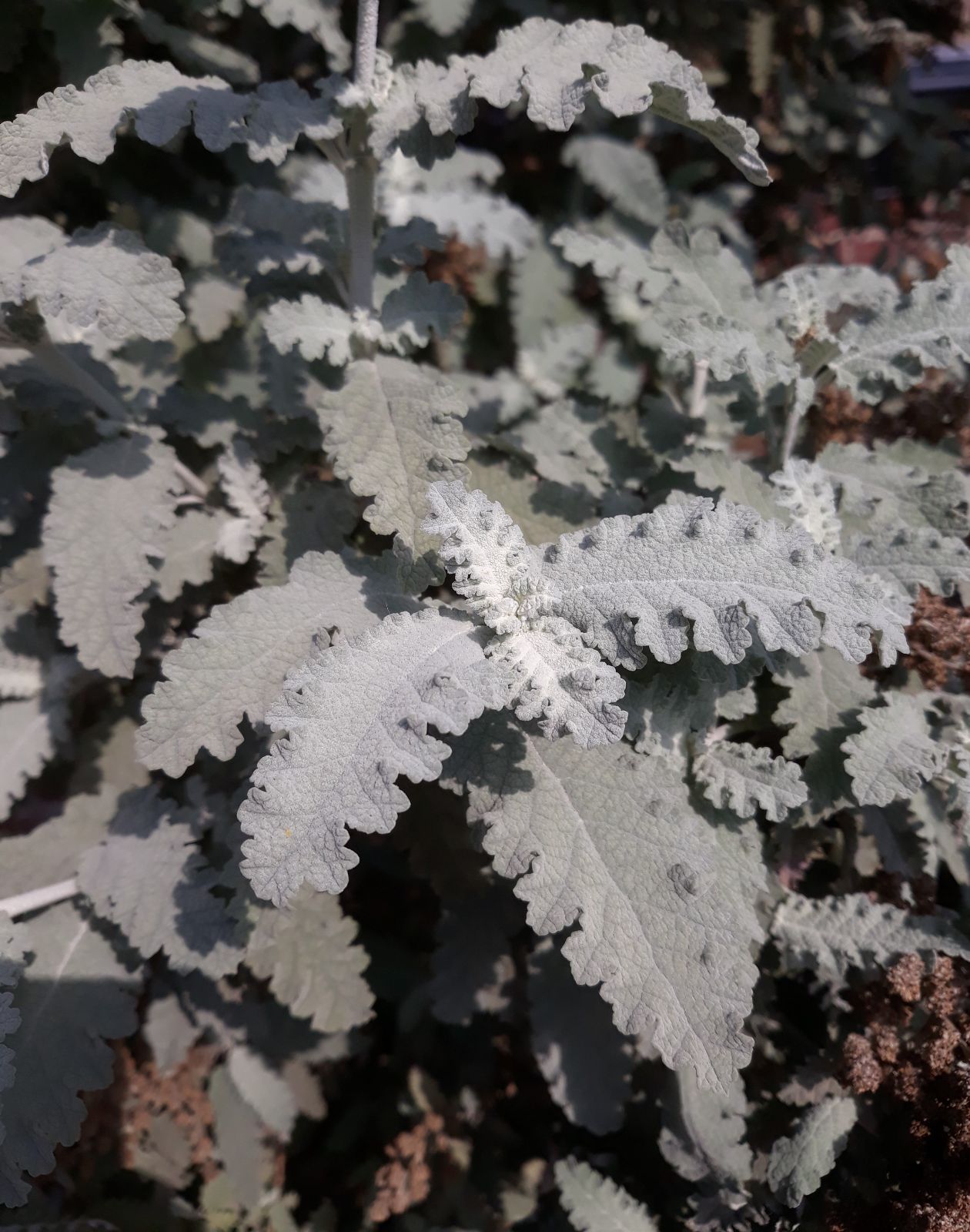Buddleja glomerata
Sponsor
Kindly sponsored by
The John Spedan Lewis Foundation

Credits
Andrew Large (2021)
Recommended citation
Large, A.T. (2021), 'Buddleja glomerata' from the website Trees and Shrubs Online (treesandshrubsonline.
Genus
Common Names
- Karoo Sagewood
Synonyms
- Buddleja lobulata (Benth.) Phillips
- Chilianthus lobulatus (Benth.) A.D.C.
- Nuxia lobulata Benth.
- Buddleja 'Silver Service'
Other taxa in genus
- Buddleja albiflora
- Buddleja alternifolia
- Buddleja araucana
- Buddleja asiatica
- Buddleja auriculata
- Buddleja caryopteridifolia
- Buddleja colvilei
- Buddleja cordata
- Buddleja crispa
- Buddleja crispa × lindleyana
- Buddleja curviflora
- Buddleja davidii
- Buddleja delavayi
- Buddleja fallowiana
- Buddleja fallowiana × davidii
- Buddleja FLUTTERBY™ Series
- Buddleja forrestii
- Buddleja globosa
- Buddleja japonica
- Buddleja lindleyana
- Buddleja LO AND BEHOLD® Series
- Buddleja longiflora
- Buddleja loricata
- Buddleja × luteolufaucia
- Buddleja macrostachya
- Buddleja marrubiifolia
- Buddleja megalocephala
- Buddleja 'Miss Ruby'
- Buddleja 'Morning Mist'
- Buddleja myriantha
- Buddleja New Dwarf Hybrids
- Buddleja nivea
- Buddleja officinalis
- Buddleja 'Orange Sceptre'
- Buddleja paniculata
- Buddleja × pikei
- Buddleja 'Pink Delight'
- Buddleja saligna
- Buddleja 'Salmon Spheres'
- Buddleja salviifolia
- Buddleja 'Silver Frost'
- Buddleja speciosissima
- Buddleja 'Summer Beauty'
- Buddleja virgata
- Buddleja × wardii
- Buddleja × weyeriana
- Buddleja × weyeriana Hybrids
- Buddleja 'Winter Sun'
Shrub, occasionally a small tree, of bushy, gnarled or straggling habit, 1–3.5 m high. Branchlets white-tomentose, terete to sub-compressed, angled; scaly tomentum easily rubbed off. Leaves opposite, petiolate; petioles tomentose, 3–15 mm long, pairs often joined by narrow stipules; blades sinuate-lobed with the lobes again crenate, undulate, variable in shape and size, ovate or elliptic,1.5–2 × as long as wide,1.5–8.5 × 0.7–4cm, apex rounded, base broadly cuneate, or cordate; tomentulose, rugose, and bullate above, beneath scaly-tomentose and reticulate. Inflorescence terminal panicle of cymes, 2 × 2–9 × 6 cm, 3–5 × branched; cymes congested, sub-globose heads of about 10–20 flowers. Lower bracts leafy; the others small, sepal-like. Flowers sessile. Calyx campanulate, 1.4–1.6 mm long, outside stellate-tomentose, inside glabrous; lobes equal, triangular 0.7–1 × 0.4–0.6 mm. Corolla yellow, cup-shaped, 1.2–1.5 × as long as the calyx, 1.8–2.5 mm long, outside stellate-tomentose, glabrous inside; corolla tube short, wide; lobes elliptic, 1–1.5 × 0.8–1.2 mm, rounded, entire. Stamens exserted, somewhat longer than the corolla; filaments long, slender, 1.2–1.8 mm long, glabrous, inserted just above the middle of the corolla tube; anthers sub-orbicular, 0.3–0.4 mm long, glabrous. Pistil 1.8–2.2 mm long; ovary stellate-tomentose or less often pubescent, obovoid, laterally compressed, 1 × 0.8 × 0.5–0.6 mm; style curved, 0.8–1.2 mm, stellate-tomentose; stigma large, capitate. Capsule obovoid, laterally compressed with tomentum easily rubbed off, about 1.5 × as long as the calyx, 2.5 × 1.6–1.8 × 1.2 mm, indented along the line of dehiscence. Seed pale brown, obliquely ellipsoid, about 0.4 × 0.2 mm, smooth, with one acute end. (Leeuwenberg 1979).
Distribution South Africa Western Cape, Northern Cape, Free State
Habitat Rocky outcrops in arid/desert areas.
USDA Hardiness Zone 9
RHS Hardiness Rating H3
Buddleja glomerata is endemic to the Great and Little Karoo Deserts of South Africa, where it grows in rocky outcrops among sandy hillsides. The tiny mustard-yellow flowers have a strong clove-like scent and are organised in cymes of globose heads. The yellow anthers protrude from the flowers, giving the heads their fluffy appearance. The plant, however, is more prized for its striking crinkled silver-grey foliage, and this feature is highlighted in the name ‘Silver Service’ used for this species in the horticultural trade, either as a cultivar name or trade designation. The foliage and stems can shed a dust that may cause respiratory irritation in sensitive individuals.
Although its natural habitat is arid desert, the species is more or less hardy in temperate zones where, unsurprisingly, it requires a sharply drained soil and a sunny, sheltered position. It may survive absolute minimum termperatures to –10°C or lower, but will not tolerate wet-soil in winter. It is spring flowering, forming the flower buds in the previous autumn, and frosts may damage or destroy the buds; specimens grown in the open are less likely to flower successfully. Alternatively, it may be grown in a large pot and kept under-cover in the winter, but as a desert shrub it is particularly prone to grey-mould damage if kept in damp conditions (pers. obs).




